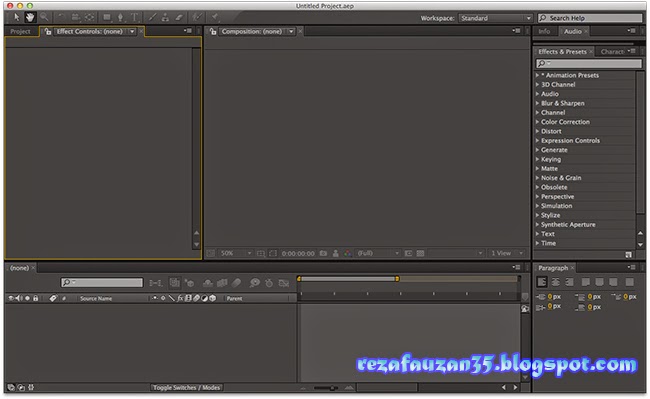
As an added bonus, the cache contains frames from all projects you have opened in the same or earlier sessions so disk-cached frames from one project can be retrieved again for other projects that require those same frames. This persistent disk cache function can thus save a lot of time and becomes even more valuable when the power goes down or your system crashes. On reopening a previously cached project we found blue lines above the comp layers, indicating that the application has located all the previously cached frames on the disk, without the need to re-render them.

However, the Classic Renderer is still adequate for applying many lighting styles and material options. The ray tracer uses the CPU of the computer for its calculations, but if you have a qualified graphics card that supports NVIDIA OptiX, you can take advantage of accelerated rendering- one of the Quadro lines is recommended. The quality of the render can also be adjusted - but this has a knock-on effect on render times. Using a ray tracer to render the scene results in improved soft shadows and depth-of-field blur, plus sharper light transmission for video projection and realistic effects such as light streaming through a stained glass window. This will save anyone and everyone who uses After Effects, even just for quick little projects, a ton of time. You can set how much storage will be used for the global performance cache in your preferences. This even holds true when you close and re-open the program. CS6 is being touted as the biggest release in quite some time for After Effects, namely because of one major update: the Global Performance Cache.

It has huge tools and featured animation sectors that can change the looks of a video.


 0 kommentar(er)
0 kommentar(er)
